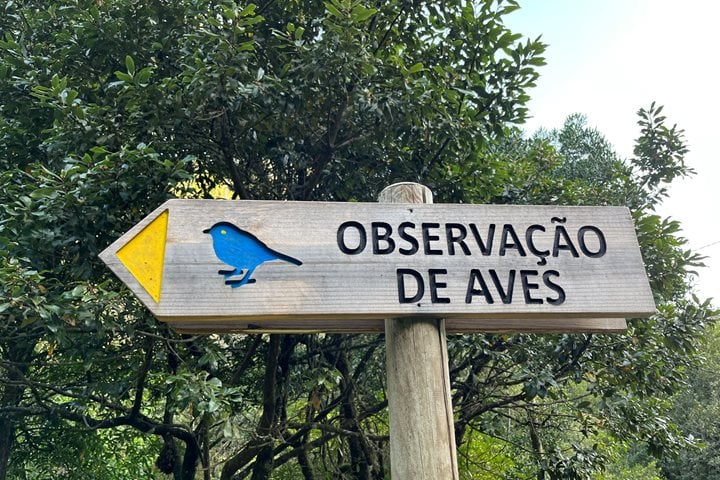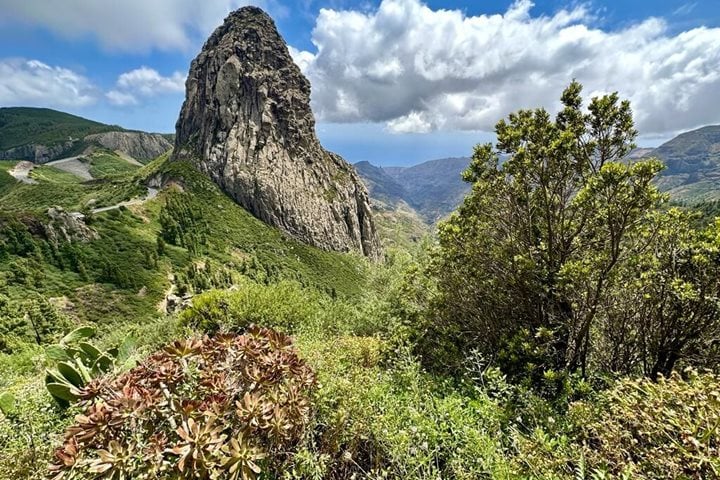Our two cultural specialists from the UK felt surprisingly at home at the Equator this morning as they awoke, along with everyone else, to steady rain and a cool breeze. Enthusiasm was not dampened however and a prompt start was made by the history group for their morning walking tour of Vila dos Remedios and the ruined fort. We walked down the old harbor road to the village where a small museum with information boards provided shelter for those returning from a tour of the fort. Another hike followed the “Dolphin Trail” from Golfinhos Bay to the expansive sandy beach at Sanchos where impressive breakers from the Atlantic swell were in evidence. This tropical archipelago, comprising some 21 islands of volcanic origin, has captivated visitors from Amerigo Vespucci to Charles Darwin and beyond, the latter recognizing the common volcanic origins of Pico, the most prominent landscape feature, and Arthur’s Seat in his first University town of Edinburgh, both volcanic plugs from which surrounding material has been eroded over time.
The archipelago is named after the Portuguese merchant Fernão de Loronha who did business here in the 16th century, a subsequent cartographic transcription error accounting for the island’s present name. The archipelago has some 15 endemic plants and two endemic birds, the Noronha elaenia and the Noronha vireo. A UNESCO World Heritage site since 2001, a small local population is almost entirely involved in servicing a carefully managed tourist industry that is focused on conserving the archipelago’s remarkable natural history.
A visit to the TAMAR sea turtle conservation project in the afternoon exemplified the latter while scuba diving added close encounters with nurse, lemon, and reef sharks, sting-rays, and barracuda to the ubiquitous green turtles. Snorkeling options and enervating swims from the beach were other popular options is what was a busy but memorable day in a remarkably un-spoilt location some 354km (220 miles) off the coast of Brazil.









